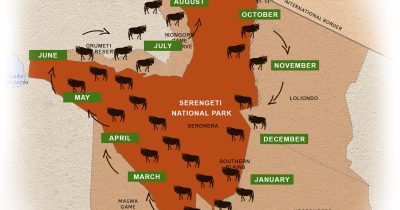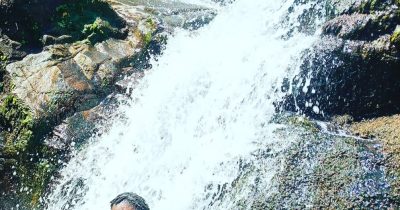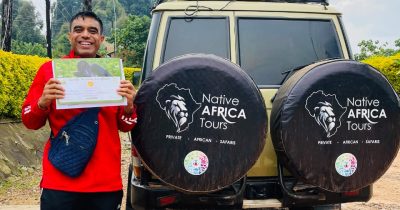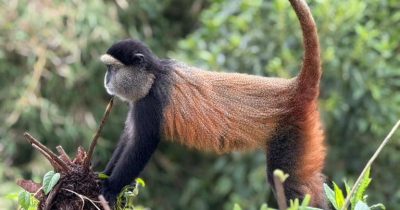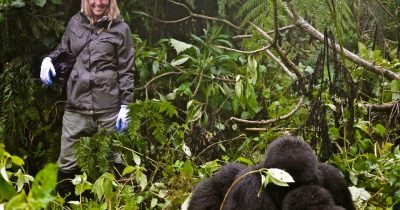Is it safe to visit Queen Elizabeth National Park now?
Yes, it is very safe to visit Queen Elizabeth National Park now. For over 40 years, Uganda has been safe and sound for everyone from the visitors to the natives. Queen Elizabeth National Park is close to the Democratic Republic of Congo which is a hotspot of many conflicts and that is why it is highly protected. Among all the protected areas in Uganda, Queen Elizabeth National Park is the most visited. This puts the park in the limelight for both tourism and also other negative forces. This is on this account that the government deploys many security personnel in the areas around the park and also inside the park. This has ensured visitors enjoy their stay and Wildlife Safari adventure experiences in the park without interruptions.
Background of Queen Elizabeth National Park
Queen Elizabeth National Park dates back to 1952 when it was first established as Kazinga National Park. Queen Elizabeth II decided to visit the park two years after its establishment in 1954. This led to the changing of the park’s name from Kazinga National Park to Queen Elizabeth National Park. The Park hosts a variety of wildlife species including 10 primates, over 95 mammals, 20 carnivores and 600 bird species.
Queen Elizabeth National Park is located in the western region of Uganda approximately 370 kilometers west of the capital city Kampala. It lies in the western arm of the Great Rift Valley and is the most popular safari destination in the country. It covers an area of about 1978 square kilometers traversing districts of Kasese, Kamwenge, Rubirizi, and Rukungiri. Queen Elizabeth National Park arches over the equator line monuments at the precise speckle it crosses latitude 00 on either side of the road.

What to see and do in Queen Elizabeth National Park?
Queen Elizabeth National Park has all it takes to give visitors an incredible adventure experience, no wonder it is the most popular wildlife destination in the country. Below is what you can do and see in the park.
Tree-climbing lions
The tree-climbing lions are the most popular and major tourist attraction in Queen Elizabeth National Park. This is due to their unique ability to climb trees which is not a common behavior in lions.
Tree-climbing lions are only found in two places in East Africa. These are Ishasha region of Queen Elizabeth National Park in Uganda and Lake Manyara National Park in southern Tanzania. These lions usually rest and lie peacefully on top of fig trees and cactus branches.
Kazinga Channel
Kazinga Channel is one of the dominant tourist attractions in Queen Elizabeth National Park. The Kazinga Channel is a long natural water channel that links Lake Edward and Lake George. It is 32 kilometers wide and stretches for over 40 kilometers. Kazinga channel is a haven for over 5,000 hippos that live in groups known as schools across the channel. It also harbors countless Nile crocodiles, the largest freshwater reptile on earth, and other aquatic living organisms. The banks of the Kazinga Channel house large numbers of elephants that live and move in groups known as herds. These come for a drink and also cool off their massive bodies from the scorching heat of the day.
Birdlife
The park also hosts a variety of bird species that have made themselves comfortable in the various ecological systems in this park. The park has over 600 birds making it an important area for birding. This bird paradise harbors over half of the bird species in the country. Several designated trails are put in place for an exclusive birding experience. Some of the birds in the park include the African mustached warbler, herons, pied kingfisher, wattled plovers, spur-winged plovers, and knob-billed ducks.
Chimpanzee trekking
The Kyambura Gorge is not called the Valley of Apes for nothing, as it hosts chimpanzee primates. This gorge is home for chimpanzees due to its tall rainforests that sprout seasonal fruits. Chimpanzees can be encountered on a trekking experience that involves walking through the dense rainforests in the gorge in search of the primates. A few hours through the forest visitors can encounter the chimps and spend an hour in their presence.
Game drives
Games drives offer an opportunity for tourists to have a glimpse of the game out in the African savannah while in the comfort of their safari vehicle. With the many wildlife species in the park, a game drive experience is the best activity to explore the vast wilderness of the park and get close to the game action. Wildlife species from tree-climbing lions, leopards, elephants, buffaloes, antelopes, hyenas, and waterbucks among others can be encountered on this game drive adventure.
When to visit Queen Elizabeth National Park?
The best time to visit the park is in the two dry seasons that run from June to September and December to February. During the dry season, the vegetation is sparse and clear, and the tracks are also dry which makes navigation easy. The dry season facilitates activities like game drives, trekking, chimpanzee trekking, and boat cruises among others. The clear and sparse vegetation offers little cover to the game thus easy viewing. Most animals come to the water bodies in the dry season to cool off and have a drink so a boat cruise is an ideal activity to spot these animals.
However, the wet season also is an ideal season to visit the park, especially for visitors interested in having a birding experience. This is because during this season the park receives heavy rainfall thus making the vegetation grow producing a variety of food for the birds. This season also is the breeding season for the birds which sees the park receive migratory birds.

